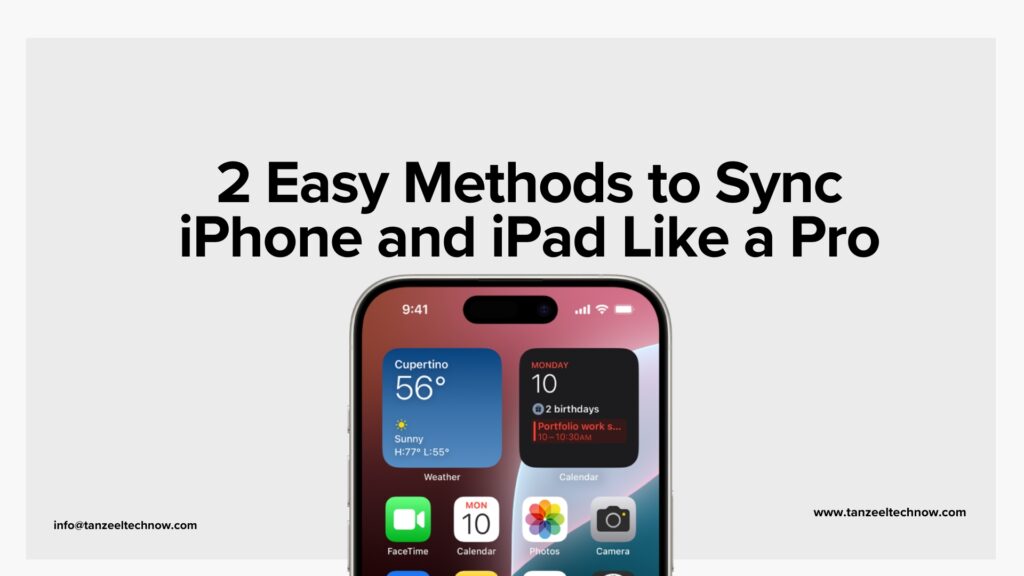T-Mobile Locked Phone Restrictions and MVNOs
You just bought a new phone through T-Mobile, maybe it was part of a promo, or you grabbed it on a payment plan to avoid dropping $800 all at once. Everything’s fine at first. But a few weeks later, you look at your monthly bill and start wondering: do I really need to be paying this much for cell service?
When the SIM Doesn’t Work: A Familiar Scenario
You do some quick research and find out about cheaper options like Mint Mobile, Google Fi, or maybe even Metro. They all advertise the same coverage and way lower prices. You order a SIM card, pop it into your phone, and wait for that satisfying signal bar to pop up. But instead? Nothing. No service. Your phone is locked—and now you’re stuck trying to figure out what that even means.
Let’s walk through what’s actually going on.
What Does It Mean When a Phone Is “Locked”?
A locked phone is one that’s been restricted by the original carrier—T-Mobile in this case—to only work with its own service. Even though the phone may technically support multiple networks, the carrier has built-in software that prevents it from recognizing other SIM cards.
Why do they do this? Because when they give you a phone at a discount or let you pay it off over time, they want to make sure you don’t take it and immediately switch to a cheaper carrier. So, the phone stays locked until you’ve fulfilled their conditions. It’s not illegal or shady—it’s just a business model that’s become standard in the industry.
T-Mobile’s Unlocking Policy: What You Have to Do
T-Mobile’s unlocking policy isn’t the worst out there, but it does have some specific requirements that often catch people off guard. Even if you fully own your device, it won’t be eligible for unlocking unless you meet all of the following:
| Unlock Requirement | What It Means |
|---|---|
| Active for 40 Days | The phone must have been used on T-Mobile’s network for at least 40 consecutive days. |
| Paid Off in Full | There should be no remaining balance on the device installment plan. |
| Account in Good Standing | No overdue payments, billing issues, or account flags. |
| Limit of 2 Unlocks/Line/Year | Each phone line can only unlock 2 devices per calendar year. |
You can request the unlock through the T-Mobile app, on their website, or by calling customer support. Just be ready to confirm these details—they do check.
MVNOs: Same Towers, Different Rules
Now here’s where things get even trickier: you might think that since MVNOs like Mint Mobile, Tello, or Google Fi run on T-Mobile’s network, your T-Mobile phone should just work. But the problem is, a locked T-Mobile phone won’t accept any SIM card that’s not directly from T-Mobile—even if that carrier uses the same towers.
In other words, network compatibility isn’t the same as carrier approval. Your phone knows the difference between a T-Mobile SIM and a Mint SIM, and unless it’s been unlocked, it will reject the latter.
There’s one small exception: Metro by T-Mobile. Because it’s owned by T-Mobile, some locked T-Mobile phones may work with it. But not always—and it’s definitely not guaranteed. You’ll want to call Metro and confirm whether your exact model is supported before you make the switch.
Real-World Example: When Good Intentions Meet Carrier Restrictions
A friend of mine bought a Samsung phone through T-Mobile for her teenage son. They were on a budget and figured they’d switch to Mint after a few months to save on the monthly bill. The son used the phone every day, and by the time they were ready to switch, they thought they’d met all the requirements. But when they inserted the Mint SIM, nothing happened.
Turns out, the phone had only been active for 36 days, not the required 40. Why? The kid forgot to set it up for the first few days. She had to wait an extra week, call customer support, request the unlock, and only then could the phone be used with Mint.
It’s a small detail, but it threw off their whole plan. That’s the kind of thing that can turn a simple switch into a headache—unless you know what to look for ahead of time.
How to Check If Your Phone Is Unlocked
There’s no universal button that says “UNLOCKED,” but here are a few ways to check your phone’s status:
- iPhone: Go to Settings > General > About, then scroll to Carrier Lock. If it says “No SIM restrictions,” your phone is unlocked.
- Android: It varies by brand, but a quick way is to insert a SIM from another carrier. If you get service, it’s unlocked. If not, you may see an error like “SIM not supported” or “Network locked.”
- Ask T-Mobile directly: If you’re unsure, just call or use their live chat. They’ll tell you whether the device is eligible for unlocking.
Options If Your Phone Is Still Locked
So what if you’re not eligible for unlocking yet, but you’re eager to switch? You’ve still got a few choices:
- Wait until the 40-day period is over and make sure your device is fully paid off, then request the unlock.
- Buy an unlocked phone outright. It’s more expensive upfront, but you’ll have the freedom to use any carrier, including international ones.
- Use a T-Mobile MVNO that supports locked phones. Metro is the most likely to work, but always confirm.
- Look for trade-in deals. Some MVNOs or carriers will offer credit for your locked device, even if you can’t use it on their network directly.
Your MVNO Switching Checklist
Before you move to a cheaper carrier, make sure you’ve got all your bases covered:
- Is your T-Mobile phone unlocked?
- Have you used the phone for at least 40 days on T-Mobile’s network?
- Is the device paid off in full, with no remaining balance?
- Is your account in good standing—no overdue bills or issues?
- Are you switching to an MVNO that supports your phone model?
- Have you tested the new SIM (if possible) to confirm it works with your phone?
Final Thoughts: Avoiding Surprises
Switching to an MVNO can save you real money, but only if you go in with your eyes open. T-Mobile’s unlocking rules aren’t harsh, but they can trip you up if you’re not paying attention. And just because an MVNO runs on the same towers doesn’t mean your T-Mobile phone will work there—at least, not until it’s been unlocked.
If you’ve already made the switch and hit a wall, don’t panic. Most of the time, it’s just a matter of meeting the unlock requirements and following up with support. But if you’re still shopping around, consider starting with an unlocked phone—it might cost more up front, but the flexibility and peace of mind are often worth it.
And remember: when in doubt, call first. Ten minutes on the phone now can save you hours of frustration later.


